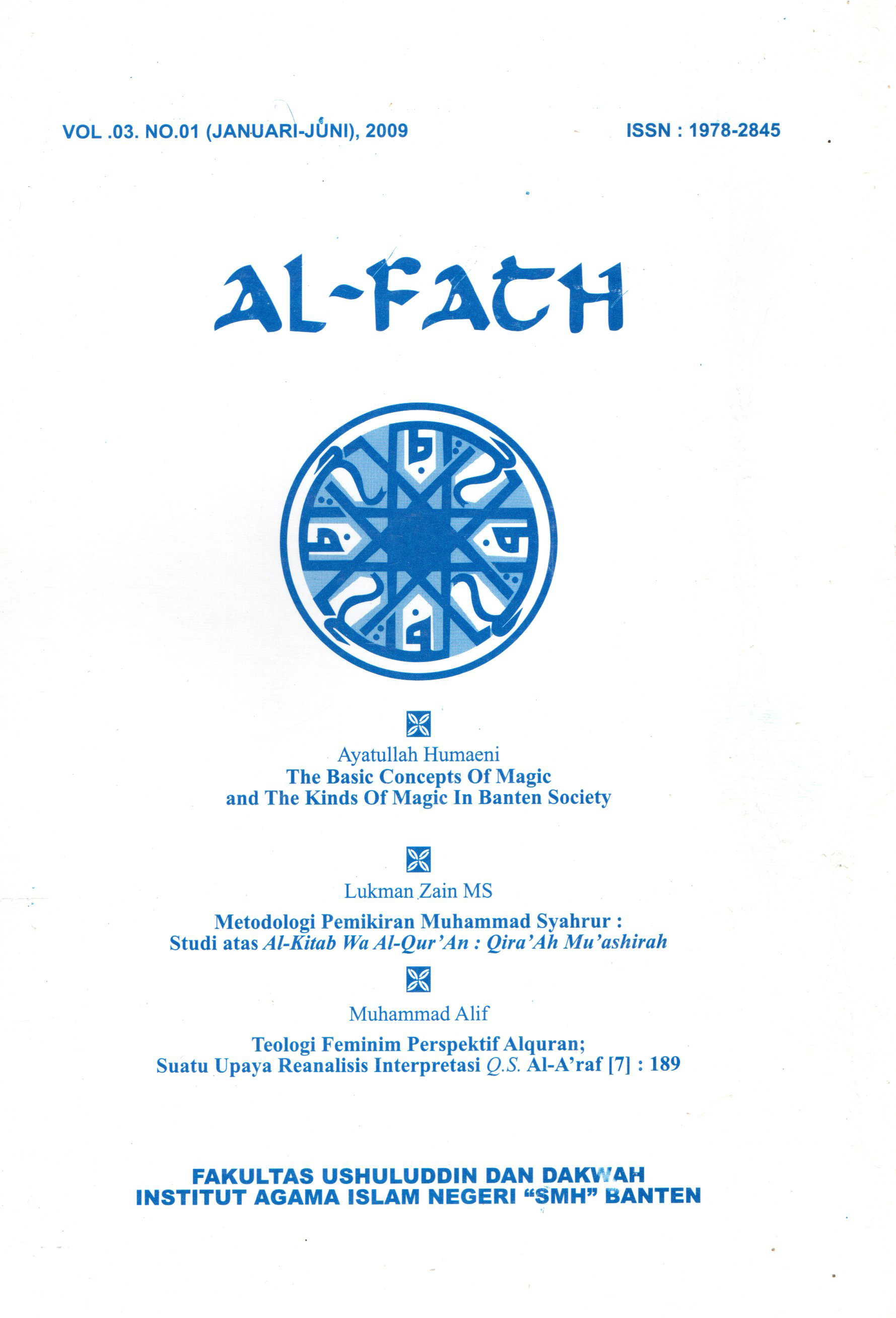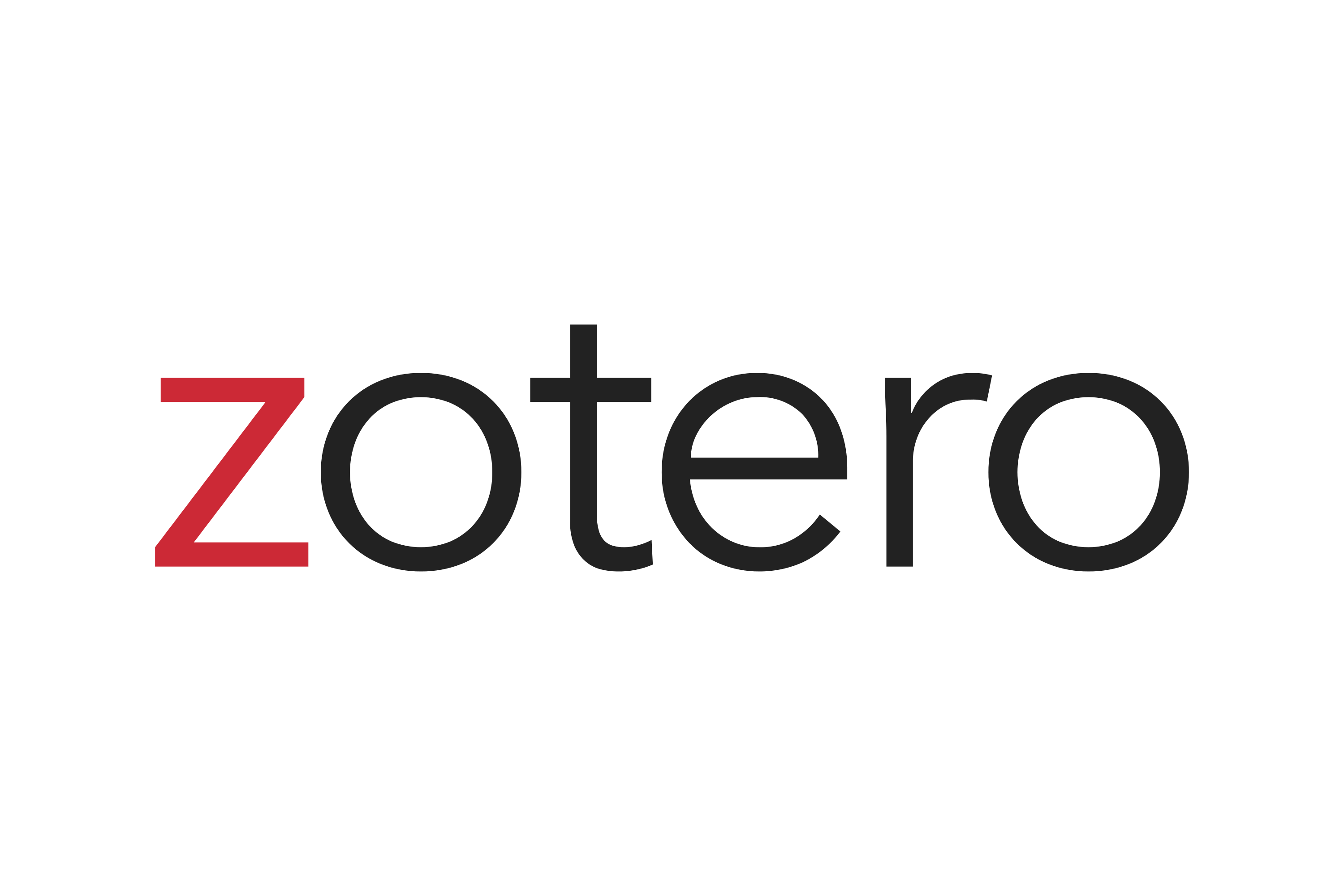Metodologi Pemikiran Muhammad Syahrur: Studi Atas al-Kitāb Wa Al-Qur' ān: Qirā‘ah Mu’āshirah
DOI:
https://doi.org/10.32678/alfath.v3i1.3296Keywords:
Pemikiran, TafsirAbstract
Pada akhir abad ke-20, yakni pada tahun 1990-an, dunia Arab-Islam dikejutkan oleh diterbitkannya buku Al-Kitab wa al-Qur’an Qird’ah Mu’dshirah karya Muhammad Syahrir. Sejak diterbitkan, buku itu telah mengundang kontroversi dan penulisnya menuai berbagai tuduhan. Muhammad Syahrir, penulis buku tersebut, adalah seorang doktor dalam bidang mekanika tanah yang mencoba memasuki wilayah hermeneutika Al-Kitab. Dengan keahliannya dalam bidang teknik dan dipadukan dengan teori-teori linguistik, Syahriir berhasil memberikan makna-makna baru,sekaligus mengkritik, atas konsep-konsep keagamaan klasik. Melalui eksplorasi atas konsep nubuwwah dan risalah ia memberikan sistematika lain bagi al-Kitab' serta menawarkan suatu cara mendamaikan yang sakral dengan yang propan. Dalam tulisan ini berusaha memaparkan bagaiamana metode Sahrur yang berkaitan dengan Nubuwwah-Risalah dan Implikasinya terhadap Sisitematika Al-Kitab dan al-Sunnah
Downloads
Downloads
Published
How to Cite
Issue
Section
License
Copyright Notice

Al-Fath: http://jurnal.uinbanten.ac.id/ is licensed under a Creative Commons Attribution-ShareAlike 4.0 International License
An author who publishes in Al-Fath agrees to the following terms:
- Author retains the copyright and grants the journal the right of first publication of the work simultaneously licensed under the Creative Commons Attribution-ShareAlike 4.0 License that allows others to share the work with an acknowledgment of the work's authorship and initial publication in this journal
- Author is able to enter into separate, additional contractual arrangements for the non-exclusive distribution of the journal's published version of the work (e.g., post it to an institutional repository or publish it in a book) with the acknowledgment of its initial publication in this journal.
- Author is permitted and encouraged to post his/her work online (e.g., in institutional repositories or on their website) prior to and during the submission process, as it can lead to productive exchanges, as well as earlier and greater citation of the published work (See The Effect of Open Access).
Privacy Statement
The names and email addresses entered in this journal site will be used exclusively for the stated purposes of this journal and will not be made available for any other purpose or to any other party.










